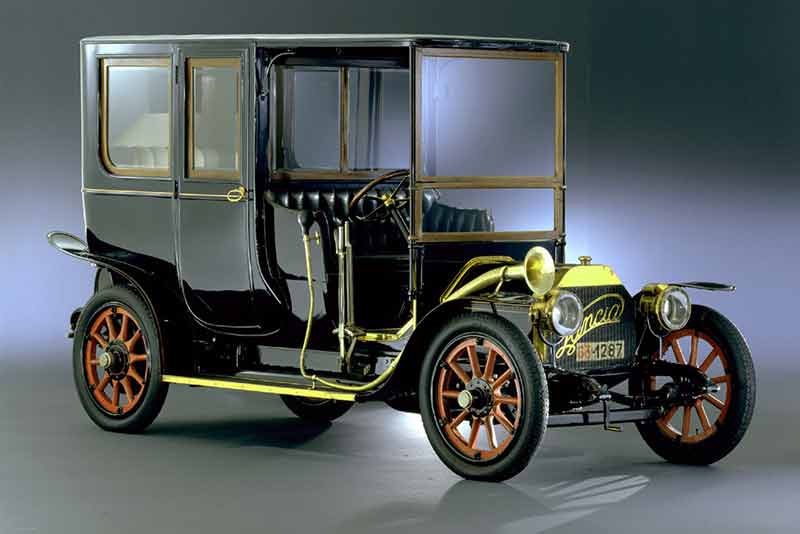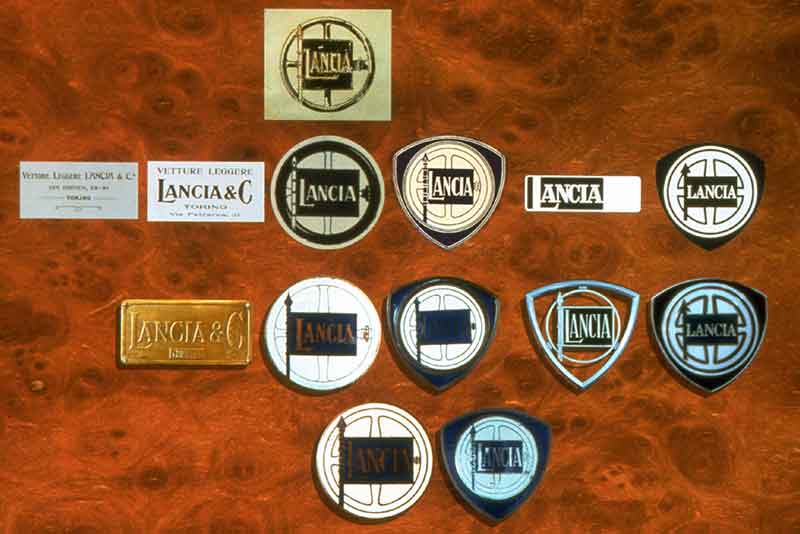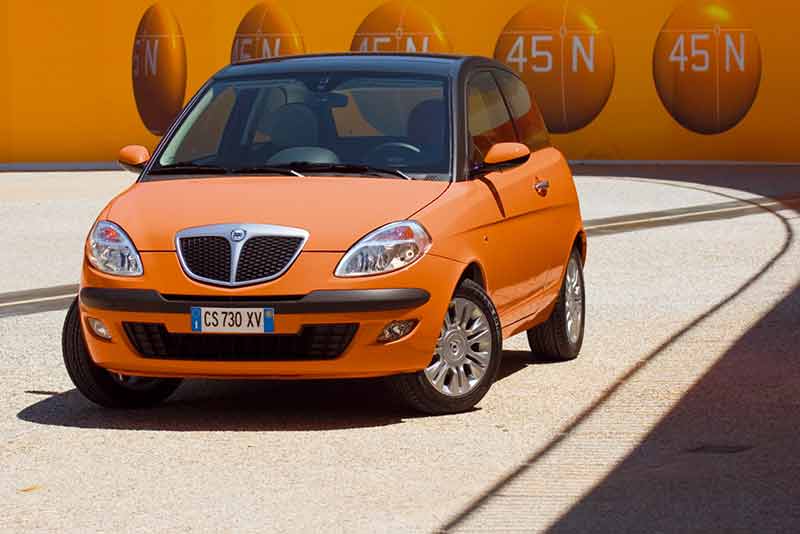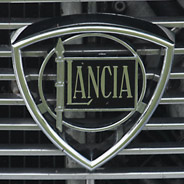Lancia cars History
Lancia cars have been on our roads for over a century. For many years they were known as makers of stylish and often ground-breaking sports and luxury cars, packed with innovation.
Lancia started out as a company of genuine innovation – monocoque construction, independent suspension and four wheel braking all debuted on their ground-breaking Lambda in 1922. By 1949 their Aurelia model was considered the most advanced production car in the world and the 1951 Lancia Aurelia B20 GT (designed by Pininfarina) is regarded the first true Gran Turismo (GT) car.
However, over the final decades of the 20th century, Lancia was a company in slow decline. Bucking the ‘win on Sunday, sell on Monday’ ethos, Lancia cars often dominated the world rally championship but buyers stayed away from the showroom. Lancia pulled out of the UK in 1993 and in 2014 it was announced Lancia would become an Italy-only brand. A sad outcome for car enthusiasts around the world and for this great Italian marque.
The Origins of Lancia
Lancia was founded in 1906 by Vincenzo Lancia, a man who seemingly would excel at whatever he turned his hand.
In 1898, Vincenzo joined the Ceirano workshop. He had a natural ability to understand mechanical problems and his knowledge of motor cars surprised even expert mechanics. By 19 he was head test driver for FIAT, this led to racing and winning his first race. He quickly earned the reputation of being the fastest driver of the time.
Aged twenty-five, Lancia decided to combine the skills he had learned at Ceirano with the industrial experience from FIAT and create his own automotive company. Lancia & C. was created in 1906, with the intention of building cars that would radically change the original concept of the “horse-less carriage”, focusing greatly on mechanical and technological innovations.
The First Lancia car
The first Lancia car left the workshop in September 1907. It had no name and no bodywork and the workshop wall had to be broken to extract it. However, this car was no cobbled together special, this very first Lancia brimmed with innovation.
Built upon a light-weight chassis with a low centre of gravity. The 2.5 litre engine produced 14HP and revved to 1,450rpm at a time when most engines rev beyond 1000rpm. The engine drove through a universal joint transmission, instead of chain drive, which was more efficient, safer and made the car faster.

Lancia Alpha 12HP
This prototype led to the production of the first official Lancia, called the Alpha. The car was unveiled at the 1908 Turin motor show and went into production shortly afterwards. Lancia built 108 Alphaa and the name started the long tradition of Lancia using Greek alphabet letters to name their cars.
The Origins of the Lancia Logo
Lancia owes its Logo to Count Carlo Biscaretti di Ruffia who came up with the lance and shield design. The idea of the logo is that it would symbolise honour and strength. The word ‘Lancia’ was placed on top of a steering wheel with a lance tucking in on the left.

Evolution of the Lancia Logo
The logo remained largely unchanged until 2007, where the lance was dropped from the logo, and the colour scheme changed from black on white to silver on blue. The steering wheel now encases the word ‘Lancia’ of the logo.
Lancia Today
Lancia has only been sold twice since its inception. In 1956 Gianni Lancia sold the company to the Pesenti family, who ran the company until the takeover by Fiat in 1969.
Today Lancia make three models – Ypsilon, Delta and Voyager.

Lancia Ypsilon Momo design
The Ypsilon and Delta are based on Fiat platforms, with the Voyager MPV started life as a Chrysler. Depressingly for Lancia fans, the future of the company looks increasingly bleak. In 2014 owners, Fiat Chrysler Automobiles, confirmed Lancia cars would only sell in Italy.
Lancia fans have the choice of a number of Car Clubs in the UK and worldwide. Please see our Lancia Clubs page for more information.





